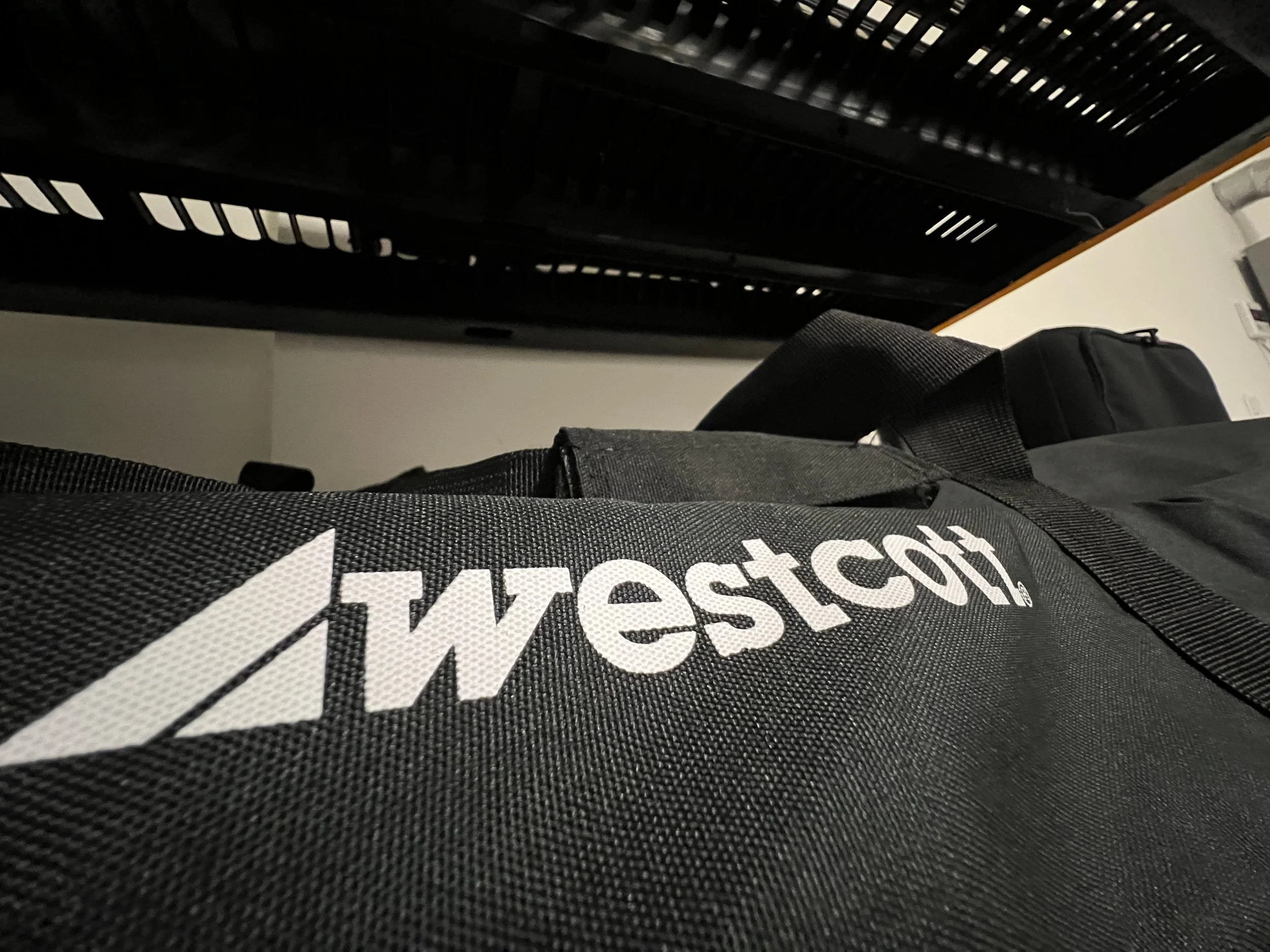The Right Stop: Which Diffusion Should You Choose?
Mastering Diffusion in Video Production: Choosing the Right Stop for Optimal Lighting
In the world of video production, lighting plays a pivotal role in creating captivating visuals. One essential tool in the lighting arsenal is diffusion material. Diffusion helps to soften and scatter harsh light, resulting in a more flattering and natural look. However, choosing the right stop of diffusion is crucial to achieve the desired effect. In this blog post, we will explore when to use 1/4 stop, 1/2 stop, and a full stop of diffusion, offering real-world examples and practical solutions for various scenarios.
1. 1/4 Stop Diffusion:
1/4 stop diffusion is the lightest level of diffusion available. It provides a subtle softening effect, ideal for situations where you want to retain most of the light's intensity and sharpness while reducing harsh shadows and minimizing skin imperfections. Here are a few scenarios where 1/4 stop diffusion can be effective:
a. Close-up interviews: When filming interviews or testimonials, 1/4 stop diffusion can help smooth out wrinkles and create a flattering look without sacrificing too much light intensity. Place the diffusion material between the subject and the key light source, ensuring it is evenly distributed to avoid hotspots.
b. Product shots: When capturing intricate details of products, using 1/4 stop diffusion can help reduce glare and create a more even illumination. Place the diffusion material between the light source and the subject, ensuring it is positioned to soften the light without completely diffusing it.
2. 1/2 Stop Diffusion:
1/2 stop diffusion offers a moderate level of softening, striking a balance between retaining light intensity and achieving a more diffused appearance. Consider using 1/2 stop diffusion in the following scenarios:
a. Corporate videos: When filming corporate videos or professional presentations, 1/2 stop diffusion can help create a polished and pleasing aesthetic. It softens the light enough to reduce harsh shadows and create an appealing glow without overly flattening the image. Place the diffusion material close to the light source to ensure even coverage.
b. Indoor events: When filming events such as conferences or trade shows, 1/2 stop diffusion can help create a pleasing ambiance by diffusing overhead lighting. Mount the diffusion material on frames or stands and position them strategically to minimize unwanted shadows and harsh lighting.
3. Full Stop Diffusion:
A full stop of diffusion is the heaviest level of softening, resulting in a more ethereal and dream-like look. This level of diffusion is suitable for scenarios that require a significant reduction in contrast and a softer overall feel:
a. Romantic scenes: When filming romantic or intimate scenes, a full stop of diffusion can help create a soft, dreamy atmosphere. Place the diffusion material close to the light source and adjust the intensity to achieve the desired level of softness.
b. Fashion shoots: In fashion photography or videos, a full stop of diffusion can enhance the subject's complexion, create a glamorous look, and add a touch of elegance. Use diffusion frames or filters in front of the key light to soften and wrap the light around the subject, emphasizing their features.
Understanding when to use 1/4 stop, 1/2 stop, or a full stop of diffusion is essential for achieving the desired lighting effect in video production. By employing the appropriate diffusion level, you can enhance the visual appeal of your shots, creating a captivating and professional look. Remember to experiment with different diffusion materials, placements, and intensities to find the perfect balance for each unique scenario.



